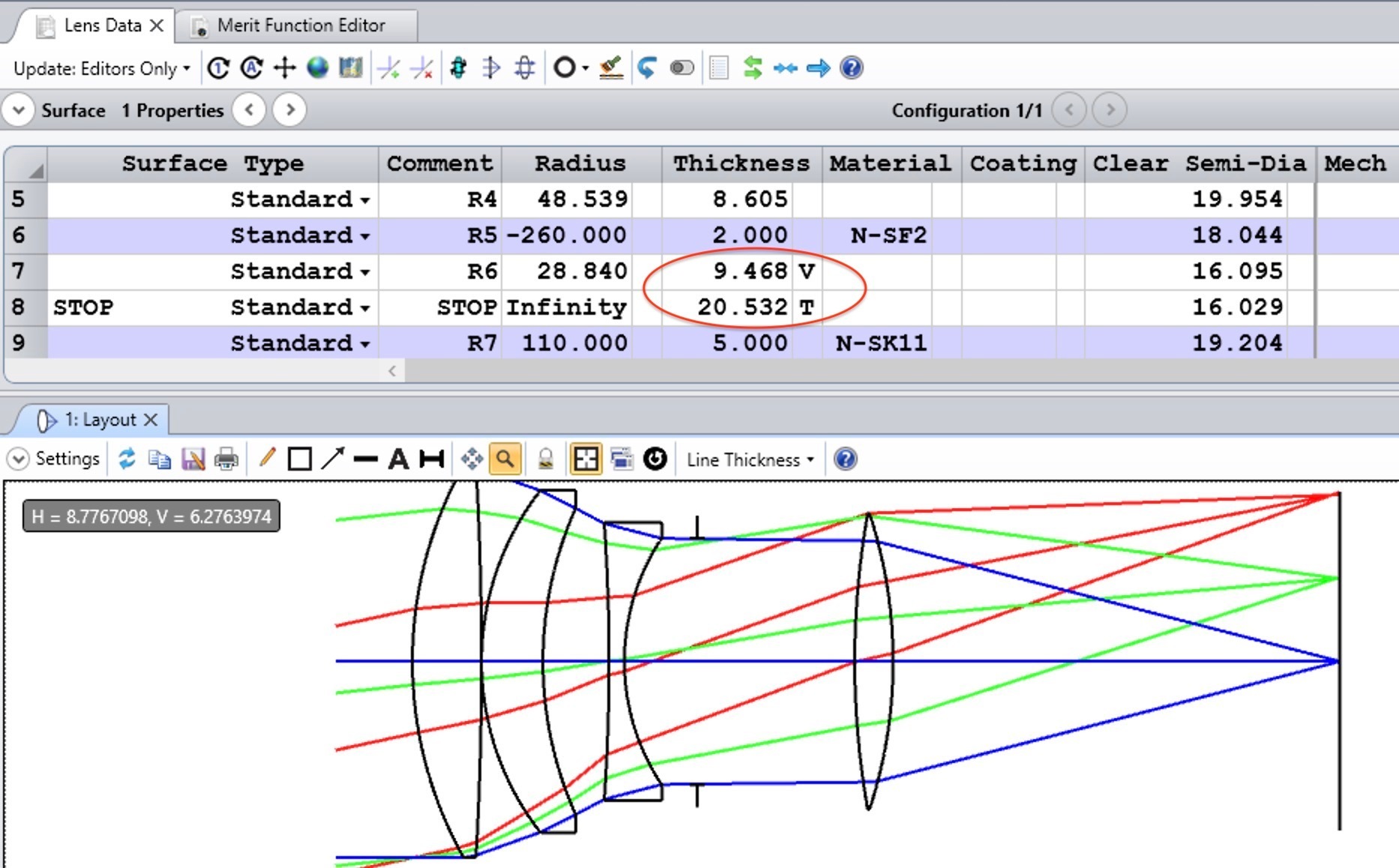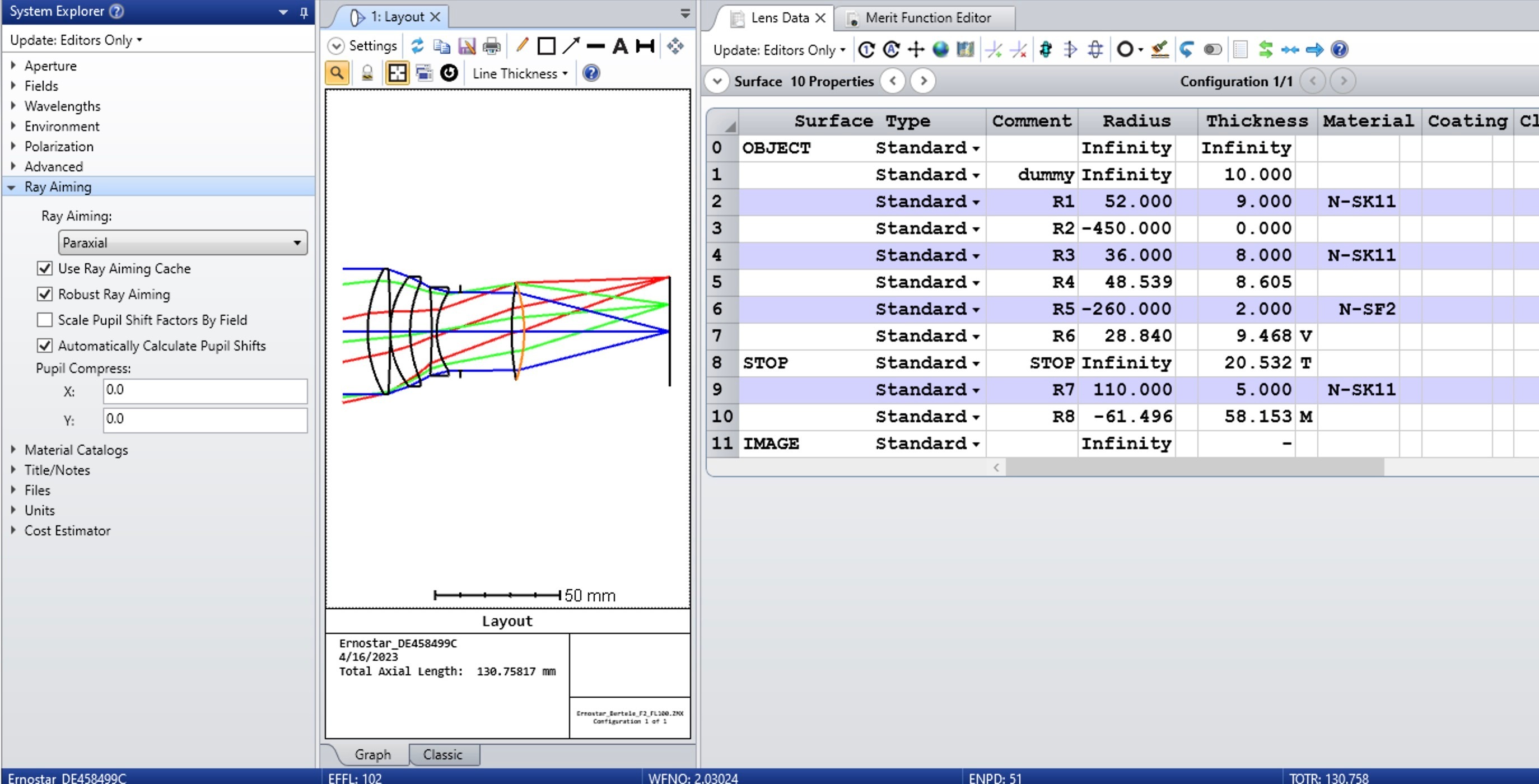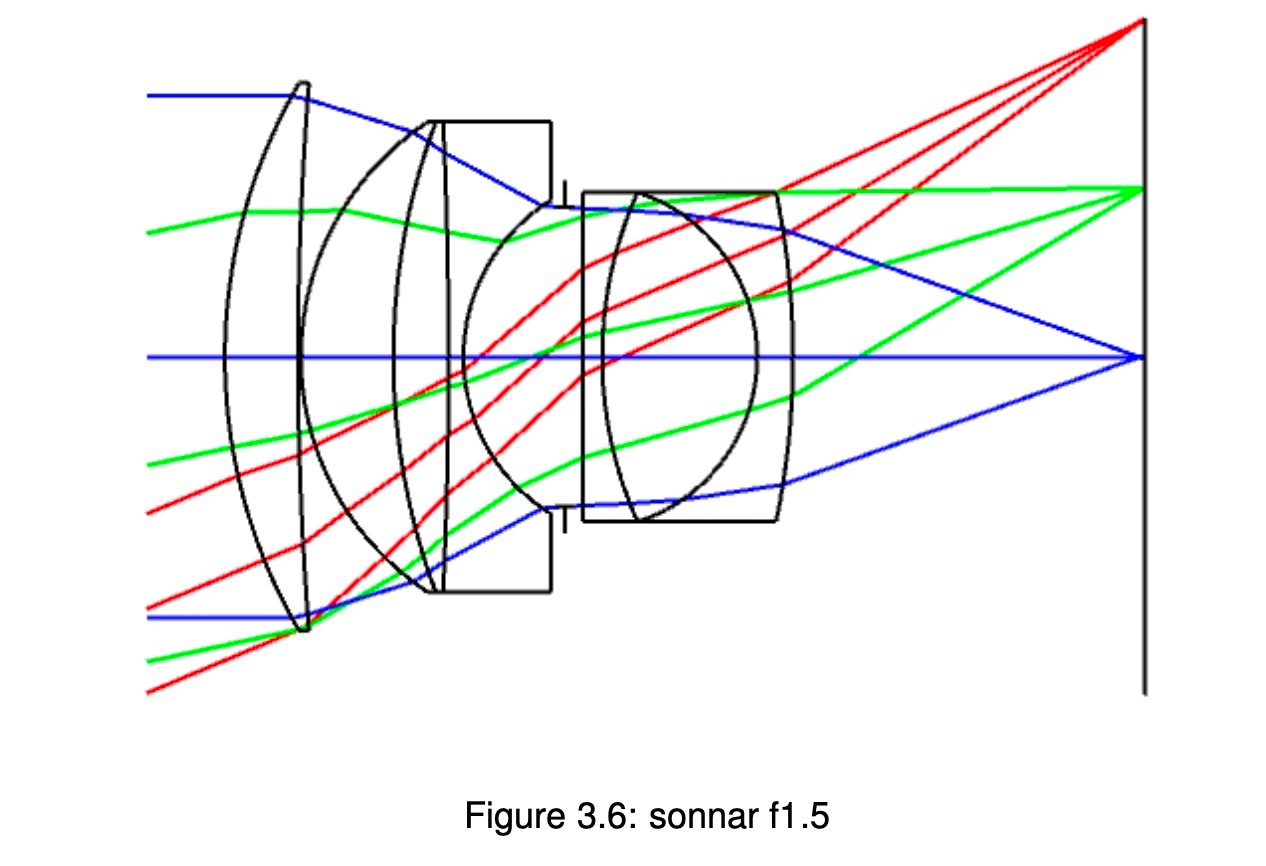Hello Zemax community,
My question might be very simple for Lens Designer Pros, but it has been bothering me for while.
Background: I have been referencing the famous Lugwig Bertele’s Ernostar lens patent and try to recreate it in ZEMAX to study aberrations.
Problem: There is no relevant info about the aperture stop in the original patent sheet (See blow). Reference link: Espacenet – search results
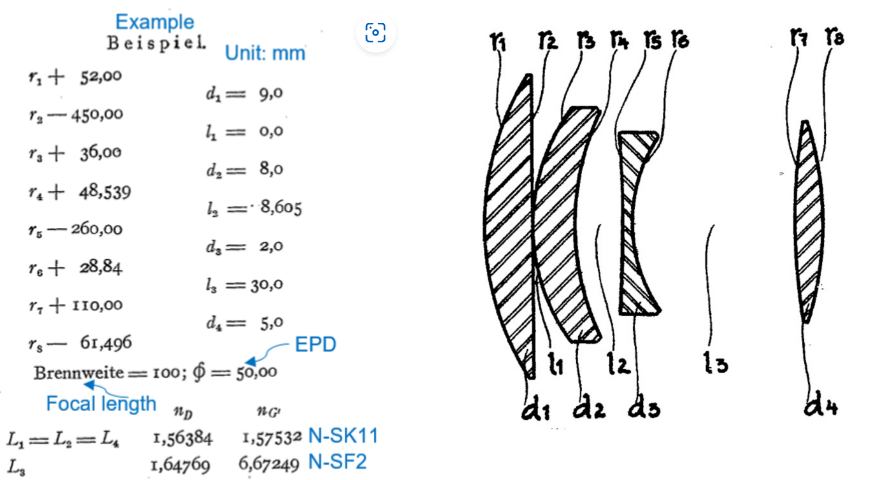
I have see some example that the choice of the stop location is between the 3rd and 4th lenses (about 15mm in the middle). I also know that by definition the stop should be located where the chief ray crosses the optical axis.
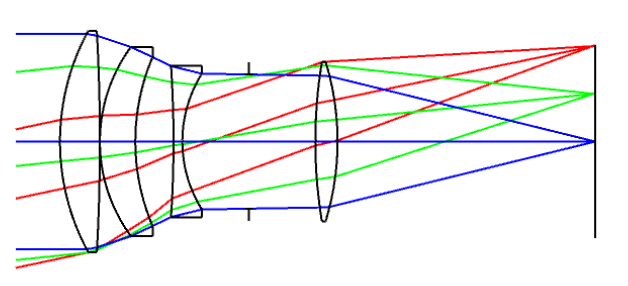
But somehow, I failed to actually find a logic way to define this stop location. Can someone please share your thought process on how to find the proper stop location in this case? Also, how will you choose the stop size? thanks



